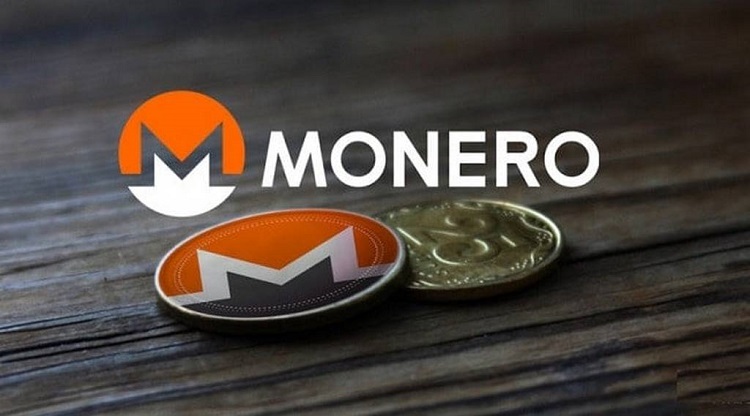
Monero (XMR) was among the first cryptocurrencies to feature cryptography that offered real advances in privacy and fungibility over available alternatives.
Its key differentiator was its ability to allow users to send and receive transactions without making this data available to anyone examining its blockchain.
As such, Monero is often classed with other privacy cryptocurrencies such as Zcash (ZEC) that have sought to address privacy weaknesses in Bitcoin (BTC). (On Bitcoin, transactions reveal the amount exchanged as well as data about the sender and receiver by default.)
This, in turn, enables bitcoins to be traced, making them less fungible, as companies are able to identify and blacklist coins involved in suspected criminal enterprise, as an example.
However, while projects like Zcash enjoyed media fanfare and backing from venture capitalists, Monero’s origins are more comparable to Bitcoin’s, involving a small online tech community that grew quietly over time as the project gained credibility and market share.
But Monero has also differentiated in other areas apart from just privacy.
For example, Monero’s software is programmed to update every six months, a regular schedule that has helped it more aggressively add new features without much controversy.
This has meant that Monero has been able to continue to introduce cryptographic advances like stealth addresses (which allow users to create one-time addresses) and ring confidential transactions (which hide transaction amounts).
Given its willingness to pioneer such advances, Monero continues to attract interest from cryptographers and researchers looking to push the limits of what’s possible in cryptocurrency.
What Makes Monero Private?
Not all privacy cryptocurrencies achieve privacy in the same way, and as a result, users should not consider them equal offerings or interchangeable.
XMR, for example, should be viewed as a tool that, when used correctly, obscures user data on the blockchain, making its users more difficult to trace.
Ring Signatures
The technology that makes this obfuscation possible, Monero uses Ring Signatures to mix the digital signature of the individual making an XMR transaction with the signatures of other users before recording it on the blockchain. This way, should you look at the data, it would appear as if the transaction was sent by any one of the signers.
Over the years, Monero has experimented with altering the number of signatures involved in this mixing process, at one time even allowing users to specify the desired number.
As of 2019, however, a default Monero transaction is now set, adding 10 signatures to every transaction group and mixing 11 signatures in total.
Stealth Addresses
Yet another feature contributing to Monero’s privacy is Stealth Addresses, which enables users to publish one address that automatically creates many one-time accounts for every transaction.
Using a secret “view key,” the owner can then identify their incoming funds as their wallet can scan the blockchain to identify any transactions with that key.
RingCT
Introduced in 2017, Ring Confidential Transactions hide the amount users exchange in transactions recorded on the blockchain. In effect, RingCT makes it so transactions can have many inputs and outputs while preserving anonymity and protecting against double spending.
Who Created Monero?
Monero’s origins are among the more unusual among major cryptocurrencies, involving unknown developers, accusations of fraud, and ultimately, multiple rebrandings of the project.
The story begins in 2013 with the release of the CryptoNote white paper, authored by developer Nicolas van Saberhagen. The paper would draw notice in the cryptography community, with renowned Bitcoin developers Gregory Maxwell and Andrew Poelstra authoring their own work on its implications for cryptocurrencies.
However, initially, this didn’t translate into success for its pioneering ideas.
Soon after, CryptoNote was used to create a new cryptocurrency called “Bytecoin,” though the project would collapse under allegations its developers had tampered with its supply.
The codebase that would eventually form the basis for Monero was later launched in April 2014 as “Bitmonero.” Developers, however, had to fork again amid controversy, shortening the cryptocurrency’s name to Monero, Esperanto for the word “coin.”
How Does Monero Work?
Aside from its privacy features, Monero works similarly to other major cryptocurrencies, using proof-of-work mining to control the issuance of XMR and to incentivize miners to add blocks to the blockchain. New blocks are added roughly every two minutes.
Notably, though, hobbyists may find that mining XMR is easier than on other cryptocurrencies, as the algorithm that governs this process is designed to prevent against specialized hardware.
This means users may be able to generate XMR when mining with a laptop (CPU) or graphics card (GPU), lower-cost forms of hardware that are more widely available.
Why Use XMR?
The big reason to learn how to use Monero maybe for its privacy. As transactions can’t easily be traced on its blockchain, users may more freely exercise their ability to send and accept crypto in all types of transactions.
Besides being secure and untraceable, this makes XMR fungible. This means companies can’t reject XMR because they may have been involved in the objectionable activity.
Likewise, investors who believe cryptocurrency users will eventually demand more privacy may find it to be a valuable addition to their portfolio.
Further, XMR may be appealing to any user who wants to push the boundaries of cryptography in cryptocurrencies, paving the way for money systems that allow individuals around the world to save and pay without oppression.
Source: https://www.kraken.com/learn/what-is-monero-xmr/

Comments